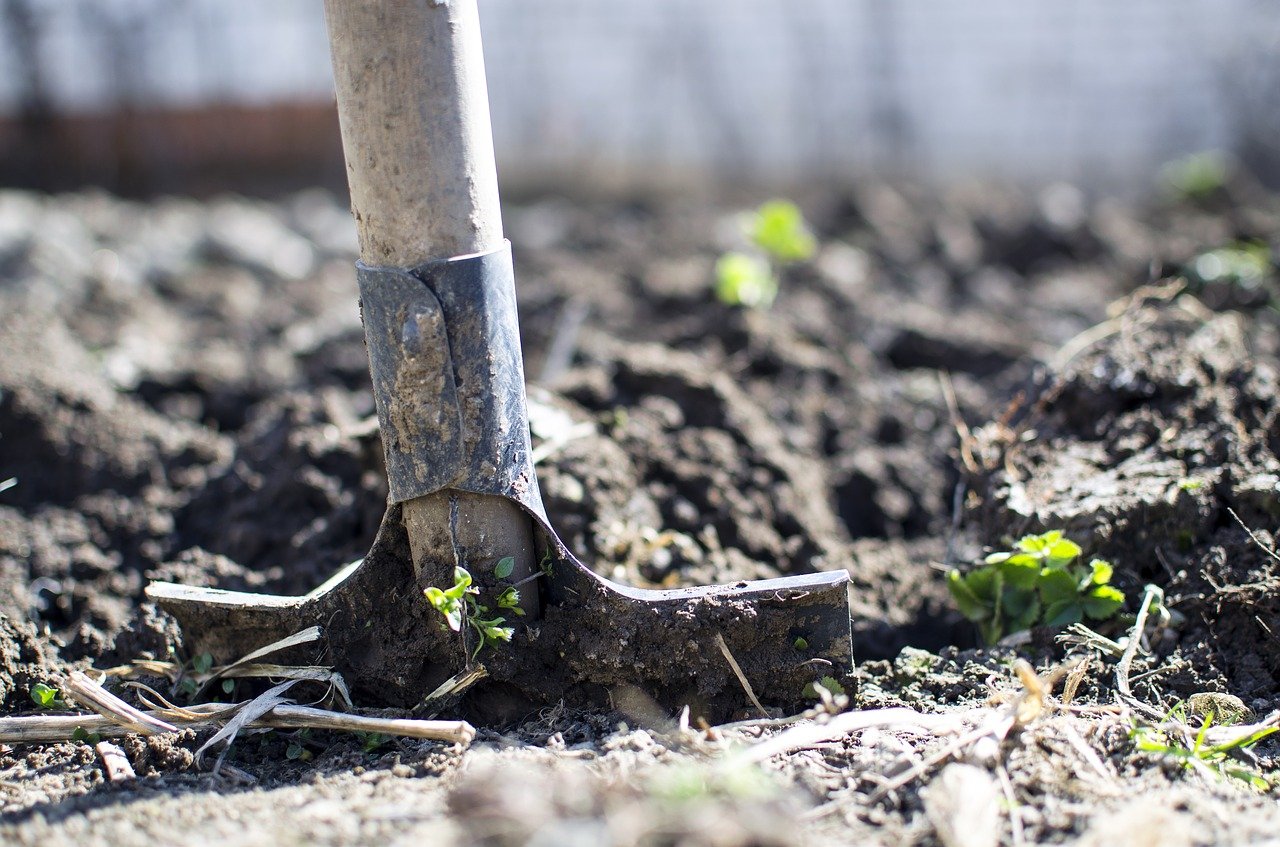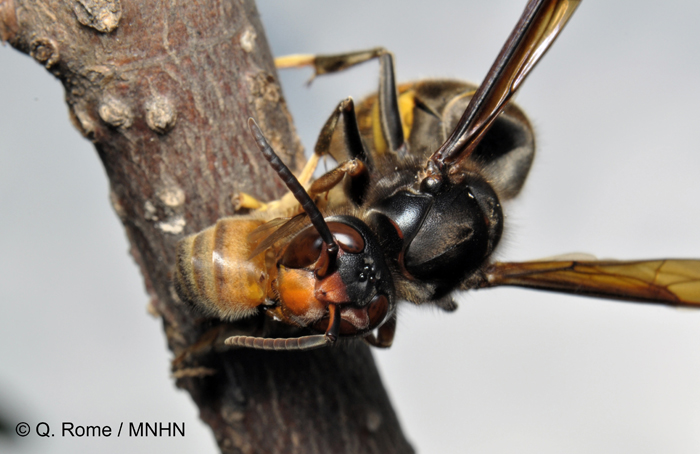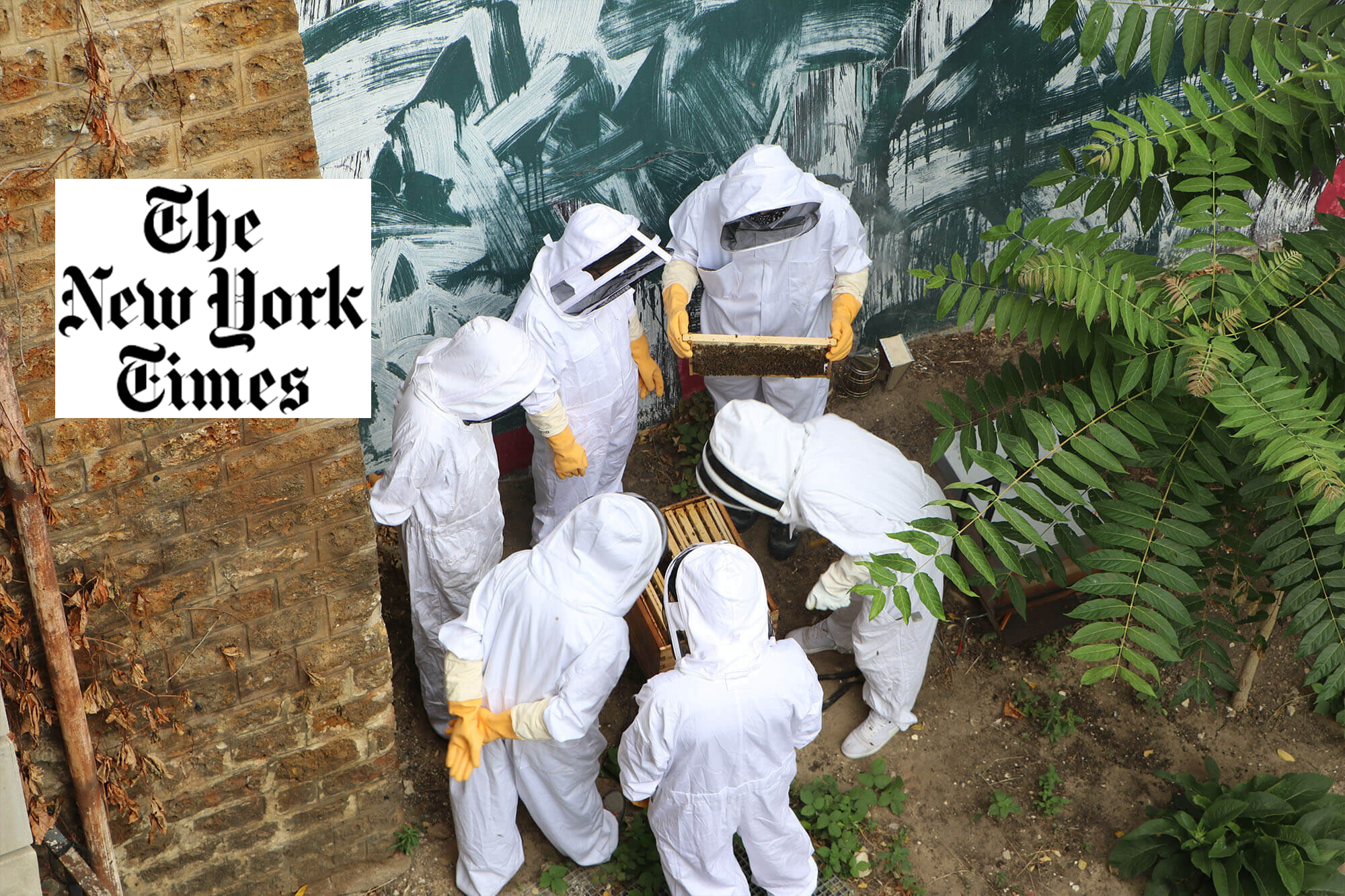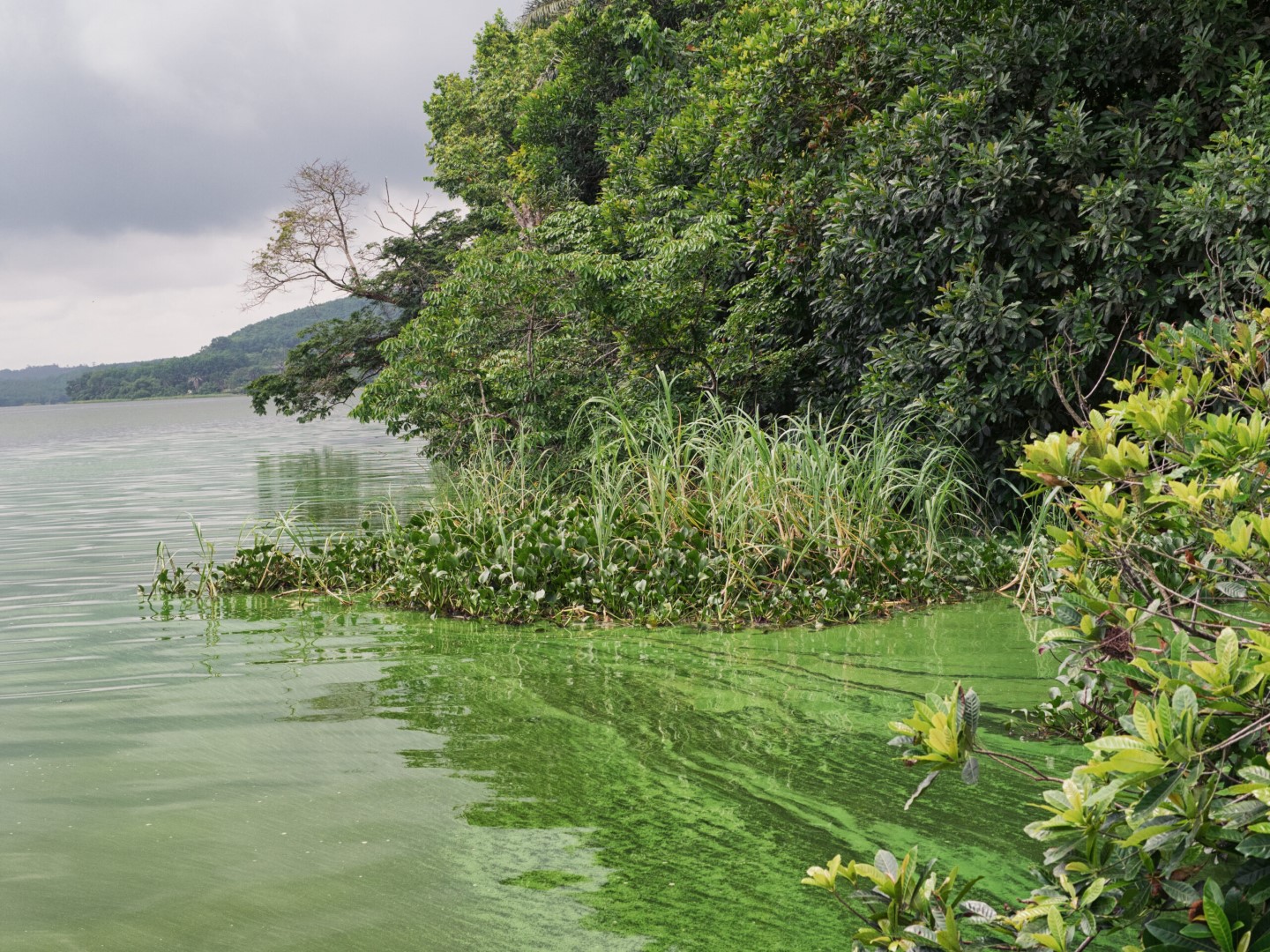As part of a partnership with the City of Paris, several members of the laboratory (Basile Finand, Céline Bocquet, Pierre Federici, Thibaud Monnin et Nicolas Loeuille (“EERI” Team of “DCFE” Department and “ESEAE” Team of “EcoEvo” Department) sample the soil fauna and in particular the ants in the Parisian green spaces. To popularize and explain this […]









